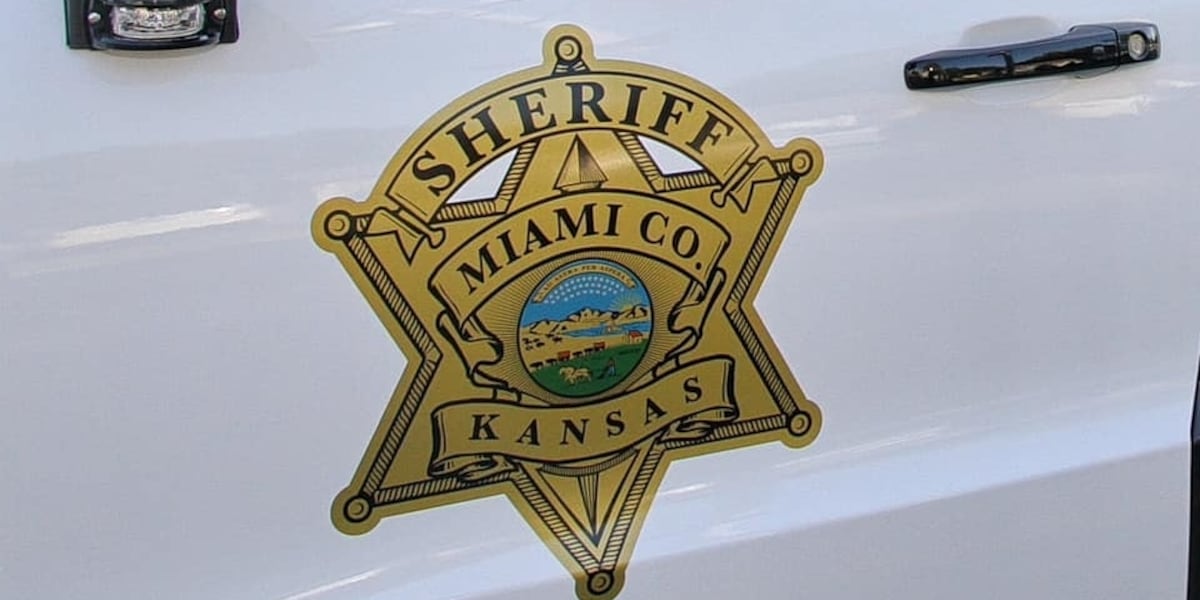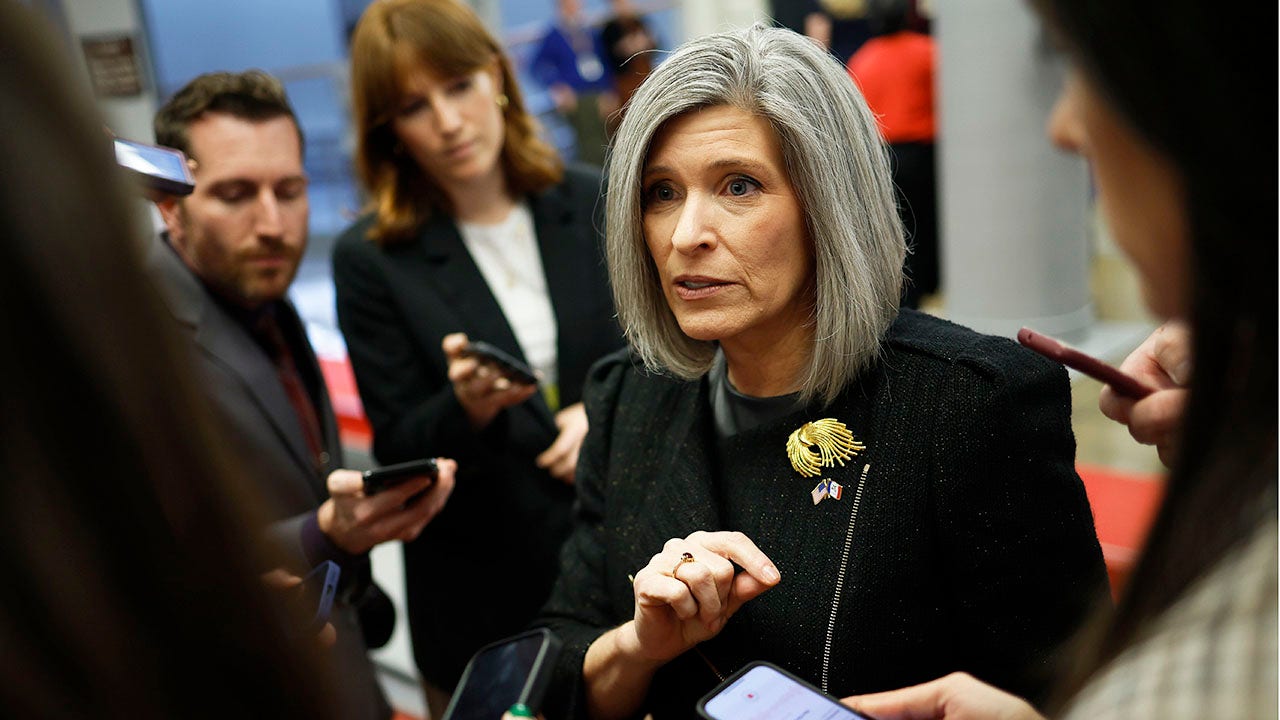Arizona
Undercover Yuma deputy turned cop killer: the 4th of July murders that stunned Arizona
/cloudfront-us-east-1.images.arcpublishing.com/gray/JKGMW4C3YVAUVAPCTACR4C7UQU.jpeg)
PHOENIX (3TV/CBS 5) — It’s a true crime story involving stolen evidence, an undercover cop gone bad, and two law enforcement officers gunned down while trying to get help. It happened in 1995 —28 years ago in Yuma, and the holiday is still difficult for the families who lived this and lost their own.
Yuma Police Lt. Dan Elkins was used to responding to 911 calls, not making them.
“Hurry up! Hurry, he’s shooting guns…he’s firing rounds…hurry up!” you can hear in his 911 call. That audio is haunting and heartbreaking because just moments later, Elkins was shot and killed along with Department of Public Safety Sgt. Mike Crowe. The convicted killer? A Yuma County Sheriff’s deputy: Jack Hudson.
Hudson had been on the South Border Alliance narcotics task force with Elkins and Crowe and had been working undercover. Days before the shooting, authorities discovered items were missing from the evidence room, so they installed a video camera. On the 4th of July, Elkins, Crowe and another law enforcement official went to the building to account for all the evidence room keys and, once inside, found safes broken into and destroyed and multiple offices ransacked. That’s when police said the three ran into a fellow undercover deputy, who began firing a 9 mm weapon. The officers were not armed.
Video from inside the task force office shows bloody shoe prints left behind moments after Hudson went on his deadly rampage. Hudson was arrested in the parking lot by a deputy who served as a role model to others in the department, according to the sheriff at the time.
“I wish I could get in his head; wish I knew what he was thinking. And I wish I knew why. I don’t,” said former Yuma County Sheriff Ralph Ogdon at the time.
At Mike Crowe’s service, his two daughters were just 12 and 14 years old as they walked behind his casket. His wife, Stephany, told Arizona’s Family on the phone Tuesday that even 28 years later, this holiday doesn’t get easier for her and their two daughters, who are now in their 40s.
She described him as an amazing husband and father, and the impact he left on Arizona was felt by all he worked with, even the top leader in our state. “Sergeant Michael Crowe, you gave us strength and courage. For us you gave your life. We love you for it, we honor you, we will meet again,” said the then Governor Fife Symington at Crowe’s service.
Crowe’s wife said it’s still hard for her and the girls to talk about but that he would have loved to see the wonderful women his daughters grew up to be. That he would have loved to play with his grandkids, which makes the 4th of July very bittersweet now.
Jack Hudson was convicted in 1997 of murder and sentenced to life in prison. For years he denied remembering anything he did — that he was high on drugs at the time. He died in prison in 2017.
Late Tuesday night, Arizona’s Family spoke on the phone to former DPS trooper Steve Trethewy, who ended up interviewing Jack Hudson eight times while he was in prison. And it was on Hudson’s deathbed, the final interview when he finally revealed more than he ever had before.
“He looked up and said ‘well, well, well look who’s here.’ I said, ‘Can you talk?’ and he said he would,” Trethewy said. “I started piecing through that 7 deadly minutes where he killed both officers. I said, ‘Jack, do you remember — do you remember the shooting? Do you remember the sound of the guns going off?’ and he thought a little bit and he said, ‘yeah, I remember. I remember the guns going off.’ So, there were a couple pieces like that in that 7 minutes where he said he remembered something which he had always denied previously,” Trethewy said. “He lived for almost three more weeks and then he passed away.”
See a spelling or grammatical error in our story? Please click here to report it.
Do you have a photo or video of a breaking news story? Send it to us here with a brief description.
Copyright 2023 KTVK/KPHO. All rights reserved.

Arizona
Sam Leavitt says running helps rhythm, needs to stay healthy

TEMPE — Sam Leavitt has run the ball more to begin this season than any other four-game stretch of the Arizona State quarterback’s career.
Leavitt’s 15 rushes against Baylor set a new career high after his 12 carries against Texas State were among his previous career highs (also 13 in the Peach Bowl).
“I don’t think it was really part of the game plan. It was kind of just what happened,” Leavitt said Tuesday of the new career high. “More so taking what the defense gives me. Try not to do that throughout the rest of the season as much, keep my body a little healthier. But yeah I’m just trying to win the game at the end of the day.”
Leavitt missed one game last season due to a cracked rib sustained while fighting for extra yards against Utah. Arizona State saw firsthand how valuable he is to the offense when it rolled quarterback Jeff Sims out at Cincinnati, one of two Big 12 losses the team had.
“(Leavitt) ran more (at Baylor) than we like to usually run quarterbacks, but he did because it was needed in the game,” ASU coach Kenny Dillingham said.
While the usage is higher than any other stretch in his career (10.5 rushes per game), he’s also picked his spots well. Of his 42 rushes, 14 have been for first downs, and six of those have come on third or fourth down.
He’s also had nine explosive runs, defined by ASU defensive coordinator Brian Ward as pickups of at least 12 yards, including a 52-yard scramble against NAU.
His 220 scramble yards — distinguished from designed run plays, according to PFF — are the most in the country and 63 more than the next-best Power Four quarterback (Auburn’s Jackson Arnold).
TCU coach Sonny Dykes told reporters the Horned Frogs should prepare better for Leavitt’s scrambling after facing athletic SMU quarterback Kevin Jennings, but the numbers indicate a different story.
Jennings has nearly as many scrambles (13) as Leavitt (16), but his production is far below at 6.5 yards per scramble compared to Leavitt’s 13.8. Stripping away the outlying 52-yarder, Leavitt would still average 11.2 yards per scramble. Leavitt also has doubled up Jennings’ yards on designed runs (59 to 28).
“The SMU quarterback was more of a ‘run around to throw.’ This quarterback is more of a runner. He wants to run, and he’s very effective. He’s very fast, he’s very elusive and he does a good job getting down before you tackle him,” Dykes said.
Sam Leavitt in better rhythm passing when running the ball
Four of Leavitt’s six touchdown passes on the year have come after he carried the ball within the previous four plays, his level of engagement higher when feeling the hits.
“Early on, I like to kind of get the juices out, you know, butterflies out by running it a little bit, but later in the game I’m kind of settled in already,” Leavitt said.
After ASU lost to Mississippi State, Dillingham emphasized the importance of Leavitt feeling a rhythm early in games, with the QB run game as a way to get “feisty” signal callers feeling it.
Leavitt rushed the ball twice before he attempted a pass against Baylor and once before his first pass against Texas State. He then had two carries in the final 14 minutes of the Baylor win and three carries in the second half against Texas State.
Catch ASU-TCU on Friday at 6 p.m. MST on the Arizona Sports app, ESPN 620 AM or 98.7 FM HD-2. It will be televised on FOX.
Arizona
Arizona family devastated after rollover crash on I-10 kills 3 people
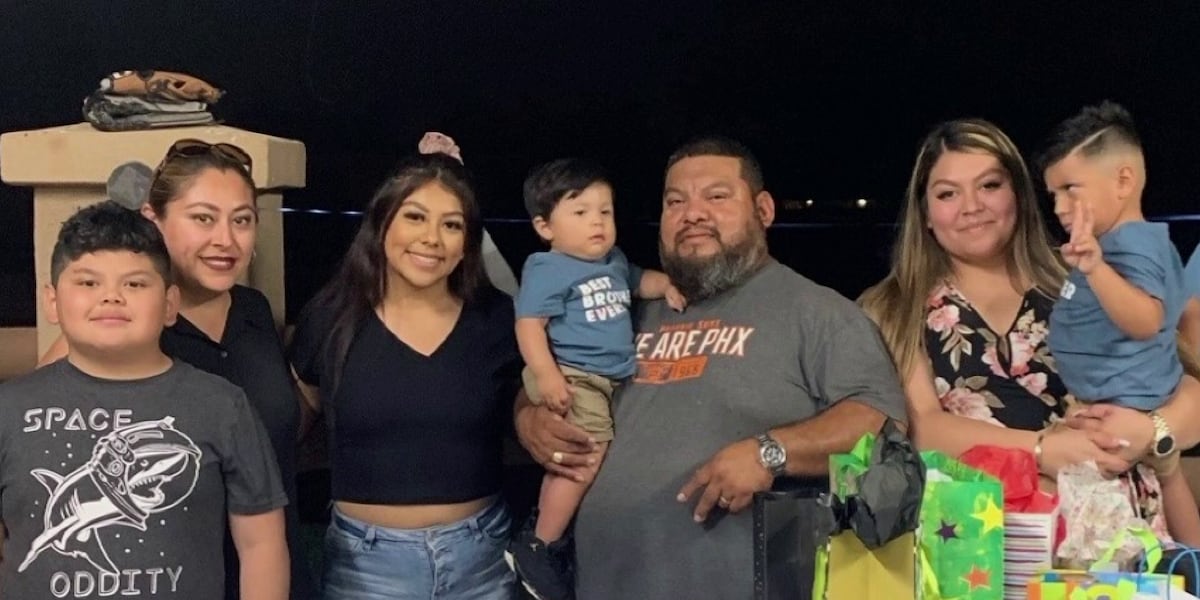
BUCKEYE, AZ (AZFamily) — A Valley family is reeling from an unimaginable tragedy and searching for answers after a deadly rollover crash left three people dead and one seriously injured.
The crash happened on Thursday in Buckeye along Interstate 10 near Palo Verde Road. According to the Arizona Department of Public Safety, 48-year-old Isreal Vasquez was pronounced dead at the scene. Two young boys, ages 6 and 9, later died at the hospital.
Authorities said the family’s vehicle rolled over, but it’s still unclear what caused the crash. DPS is asking anyone who was in the area at the time to come forward with information.
Arizona’s Family spoke with members of the family who said they are relying on memories to get them through this dark time.
“They were always laughing and making jokes and being silly,” Ariana Lopez, a cousin, said. “I think about the crash and it comes back and hurts all over again.”
Lopez is hanging on to each one of them right now. She has recalled each moment.
“It breaks my heart because she was a single mom, and it was always the three of them together,” Lopez said. “And then to lose her whole life — her two sons and her dad as well — it’s heartbreaking.”
Lopez said while she looks back at each photo, she only has a few words she wishes she could say to them if they were here.
“It’s always nice to look at those memories, and it reminds you life is so short — hug your loved ones,” Lopez said. “Thank you for always being there for us. We need to make him proud.”
The family has started a GoFundMe to help with medical bills, three funerals and child care.
See a spelling or grammatical error in our story? Please click here to report it.
Do you have a photo or video of a breaking news story? Send it to us here with a brief description.
Copyright 2025 KTVK/KPHO. All rights reserved.
Arizona
Arizona high school football Week 4 rewind: Upsets, statements and comebacks
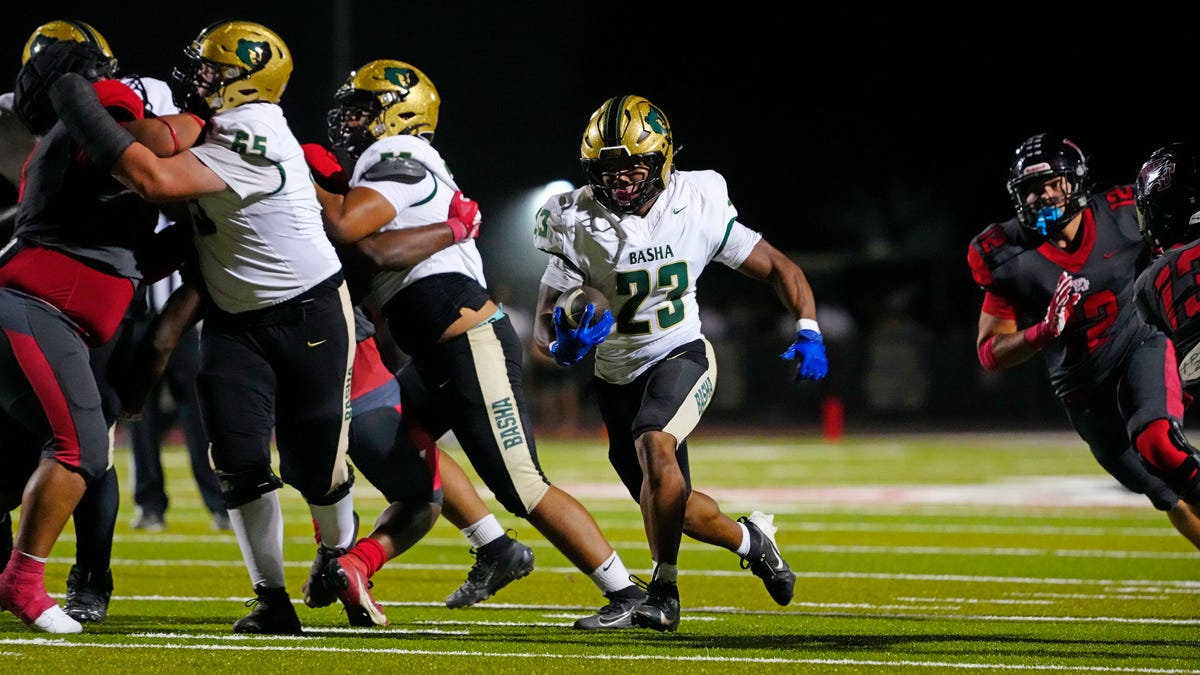
Basha High QB Brodie Vehrs and RB Josh Gaines talk 42-14 win
Basha High School land a crushing 42-14 defeat over Williams Field on Sept. 12, 2025.
There were comebacks, statements, big performances and upsets across Arizona in Week 4 of the high school football season. The Arizona Republic looks back — and ahead — as teams start to separate from the pack.
What we learned
Chandler Basha cemented its No. 1 ranking in the state with another punishing performance, a 42-14 rout of No. 4 Gilbert Williams Field on Friday, Sept. 12. The Bears can line up in various formations and strike fast. This time, head coach Chris McDonald, also the offensive coordinator, often flanked out three receivers, including running back Noah Roberts, way outside. He had them bunched together, causing the secondary to adjust.
It was “pick your receiver” for Brodie Vehrs. He would wing it to a target, who followed the blocks from the other two receivers for big gains. Then, lulling the defense, Vehrs would simply hand off to tailback Josh Gaines, who gutted the middle of the defense for scoring runs of 19 and 23 yards in a 21-point third quarter that put the game away.
The Bears sent another team that was feeling great about itself to the film room, seeking answers. Basha will wear down teams with its size, athleticism and depth. McDonald’s defense is so stacked that he’s got guys not starting who have Division I scholarship offers.
Biggest question
How good is Chandler Hamilton?
We know about two-time defending Open state champion Peoria Liberty (2-1) and Basha, but are the three Hamilton blowouts telling us they’re right with those two teams?
The Huskies hung 63 on ALA Queen Creek, 62 on Phoenix Sandra Day O’Connor and now 54 on Queen Creek Casteel. What we know now is ALA Queen Creek’s defense is nothing close to last year’s Open semifinal defense. The Patriots are 0-3, giving up 143 points. SDO and Casteel are both 1-2.
The Huskies might get a little more resistance next week against 2-1 Phoenix Brophy, which lost its only game to Basha (42-6) in the season opener. But the sophomore sensations of QB Jax Sculley and WR Roy Oliver III are special, the running game keeps defenses guessing.
Coach Travis Dixon has got something really good going in his second season leading his alma mater. They may have to wait until Oct. 24 to know how great this team is. That’s when the Huskies face Basha.
Biggest takeaway
Maybe the biggest shocker was ALA West Foothills’ 21-14 win over No. 1 (4A) Tucson Mica Mountain.
It was the Guardians’ first signature 4A win since moving up from 3A, where they lost to Tucson Pusch Ridge in last year’s championship game. They came into the season with adversity, losing quarterback Hudson Mitton and head coach Chad Mitton, Hudson’s dad. Hudson is now at Mesa High. Chad Mitton is not coaching. A few key players transferred out. And, after getting dominated by Snowflake in a 30-10 loss last week, there were more questions than answers.
Consider those questions answered.
Mica Mountain, the defending 4A champion, saw its 17-game winning streak end against a more physical, more confident, tougher team. Bryan Rauzan, who took on the head coaching position before the season began, can build off of this. But they still have a brutal 4A schedule remaining with games that include Phoenix Arcadia, Phoenix Northwest Christian, Peoria, Phoenix Thunderbird and improved Phoenix St. Mary’s.
Best bounce back
Chandler junior quarterback Will Mencl has been one of the emerging stars in the first three games. Despite putting up 319 passing yards and 70 rushing yards last week in California, it wasn’t enough in a 24-23 loss to Cathedral Catholic. He bounced back with a career night in a 49-29 win over ALA Queen Creek, completing 31 of 35 passes, piling up 569 yards total offense with seven total touchdowns.
His first two varsity seasons ended with injuries, but Mencl is doing things that are putting him in the early Player of the Year conversation as he tries to make this a big bounce-back year for the Wolves (2-1), who went 5-6 last year and didn’t get into the eight-team Open playoff for the first time.
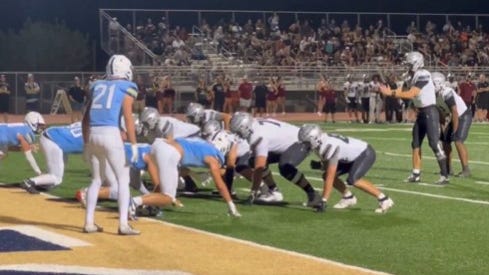
Hamilton QB Jax Sculley talks team’s win over Casteel
Hamilton High School QB Jax Sculley discusses the team’s 54-14 win over Casteel on Sept. 12, 2025.
Best starts
Tolleson is off to its first 3-0 start in 12 years, behind the special connection between quarterback Youngman Lee and wide receiver Rico Blassingame in a 32-27 win over Avondale West Point. Youngman, a summer move-in from the Seattle area, completed 15 of 29 for 335 yards and four TDs. Blassingame, who has committed to Minnesota, caught nine passes for 153 yards and a TD. In his first three games in Arizona, Lee has completed 37 of 53 passes for 826 yards and nine TDs with two interceptions. Blassingame has 19 catches for 276 yards in three games. How much of a difference has Lee made? Last year, Tolleson went 1-9, following a 3-7 2023 season.
Meanwhile, St. Mary’s is 3-0 for the first time since 2006, behind sophomore QB Luke Horn, who was 15 of 24 for 426 yards and four TDs in a 48-0 win over Tucson Empire. Junior receiver Anthony Cannon had seven catches for 201 yards and one TD. Horn has thrown for 1,021 yards and eight TDs in the first three games.
Best comeback
Scottsdale Saguaro had the host Tucson Salpointe Catholic Lancers in a 17-0 halftime hole. The Lancers took their first lead, 28-24, with six minutes left. Saguaro took the lead back, 31-24, with 2:38 to play. Salpointe drove down the field before starting QB Matt Avelar (26 of 35, 321 yards, four TDs) got knocked out of the game with an injury. Enter senior Rayce Alvarez, who threw a TD pass with 40 seconds left for a 34-31 victory.
Saguaro (1-2) turned the ball over on the second play of its next possession. Saguaro’s two losses (the other to Scottsdale Desert Mountain) have been by a total of six points. R.J Gory had 14 catches for 173 yards and three TDs for the 3-0 Lancers, who now have to make two straight trips to the Valley (Mesa Red Mountain Sept. 19 and ALA Queen Creek Sept. 26) with another trip to the Valley on Oct. 17 to face Basha.
Best final quarter
Watch out for Tempe Marcos de Niza, which improved to 3-0, after a 27-point, fourth-quarter eruption in a 41-28 win over rival Tempe McClintock. The Padres have scored more than 40 points in each of their first three games. They trailed McClintock, 14-7, in the first half. Defense fueled the comeback with interceptions by Keilor Hemmings, Alejandro Gomez and Brian Irick.
“We are going to play for each other and we are going to play for four quarters,” coach Anthony Figueroa said.
Best small-school statement
In a football rivalry that began in 1904, host Eagar Round Valley, now in 3A, outlasted 2A St. Johns 38-21. Round Valley took a 25-7 halftime lead, recovering a pooch kick and scoring on a Brenton Walker 34-yard pass play with four seconds left. Round Valley (4-0) recovered two other onside kicks in the game. Still, St. Johns has inspired the White Mountains community and reignited the rivalry, starting the season 3-0 before suffering its first setback to a team that has a shot at winning the 3A title.
Look ahead
Key 4A games to keep an eye on Thursday, Sept. 18, include Gilbert Mesquite (2-1) against St. Mary’s at Phoenix Washington, and Arcadia (3-0) hosting Glendale Deer Valley (3-0).
On Friday, Sept. 19, Williams Field (2-1) will see how it responds from the Basha loss with a game at Chandler.
Hamilton will travel to Phoenix to take on Brophy Prep (2-1) at Central in another pivotal 6A game.
In a key 5A game, defending champion Goodyear Desert Edge (3-0) travels to play ALA Gilbert North (3-0).
Richard Obert has been covering high school sports since the 1980s for The Arizona Republic. He also covers Grand Canyon University athletics and the Arizona Rattlers. To suggest human-interest story ideas and other news, reach Obert at richard.obert@arizonarepublic.com or 602-316-8827. Follow him on X, formerly Twitter:@azc_obert
-

 Finance7 days ago
Finance7 days agoReimagining Finance: Derek Kudsee on Coda’s AI-Powered Future
-
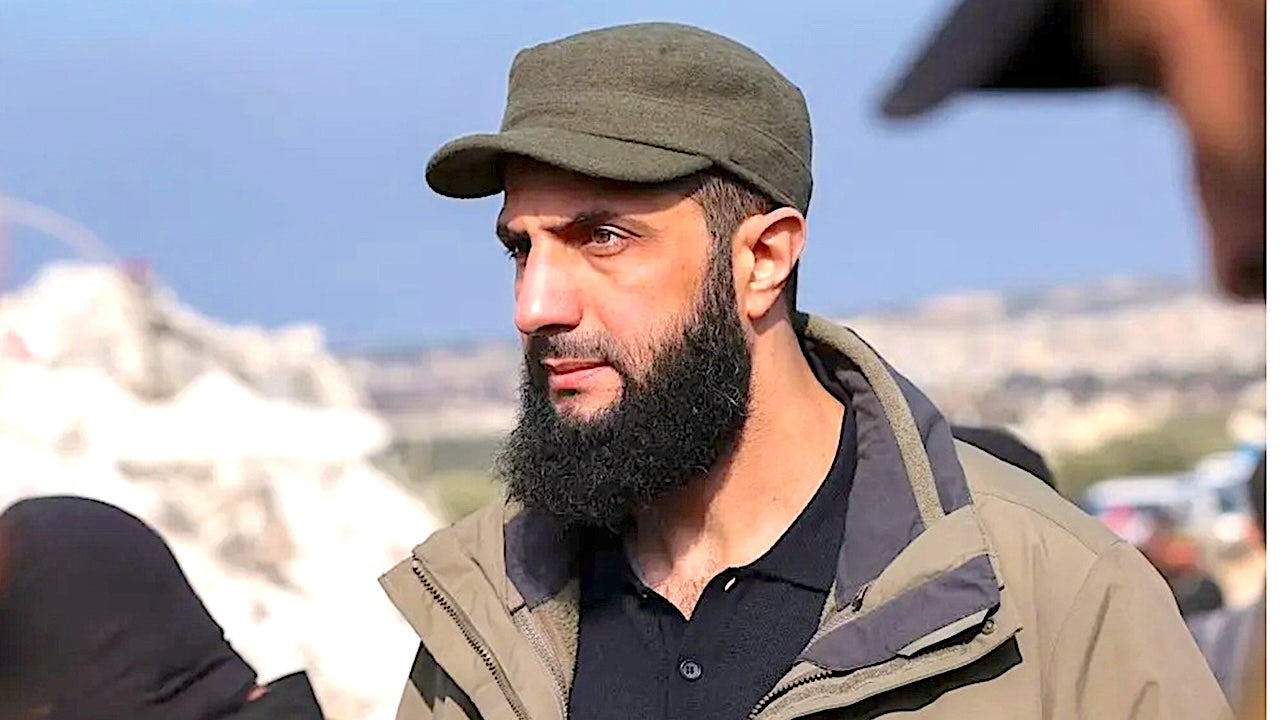
 World6 days ago
World6 days agoSyria’s new president takes center stage at UNGA as concerns linger over terrorist past
-
North Dakota6 days ago
Board approves Brent Sanford as new ‘commissioner’ of North Dakota University System
-

 Technology6 days ago
Technology6 days agoThese earbuds include a tiny wired microphone you can hold
-

 Culture6 days ago
Culture6 days agoTest Your Memory of These Classic Books for Young Readers
-

 Crypto5 days ago
Crypto5 days agoTexas brothers charged in cryptocurrency kidnapping, robbery in MN
-

 Crypto7 days ago
Crypto7 days agoEU Enforcers Arrest 5 Over €100M Cryptocurrency Scam – Law360
-

 Rhode Island7 days ago
Rhode Island7 days agoThe Ocean State’s Bond With Robert Redford

